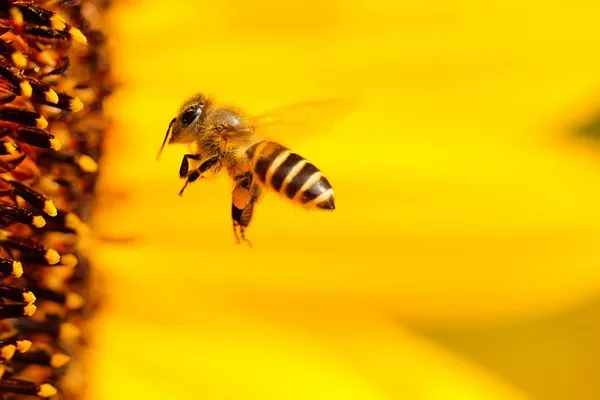The intricate dance between bees and flowers has fascinated scientists and naturalists for centuries. The mutual relationship between these two vital components of the ecosystem is crucial for the survival of both species. Bees play a pivotal role in pollination, ensuring the reproduction of flowering plants, while flowers offer nectar and pollen as an enticement to attract these diligent pollinators. Understanding what attracts bees to flowers is not only an enchanting topic but also of great ecological significance. This article delves into the mechanisms and factors that entice bees to visit flowers, paving the way for a harmonious coexistence in the natural world.
The Allure of Nectar:
Nectar, a sugary liquid produced by flowers, acts as a primary attractant for bees. Bees collect nectar to fuel their energy-intensive activities, including flight and brood rearing. Nectar serves as a source of carbohydrates, which are essential for the bees’ survival and well-being. The sweetness of the nectar appeals to bees’ finely-tuned sense of taste, prompting them to seek out flowers that offer a bountiful supply.
Vibrant Colors and Patterns:
Bees have excellent color vision, particularly in the ultraviolet spectrum. They are drawn to flowers with bright and vibrant colors, especially shades of blue, violet, yellow, and ultraviolet, which are easily distinguishable to them. Furthermore, flowers with distinctive patterns or markings act as visual cues, guiding bees towards the nectar-rich reward. These patterns are like “nectar guides,” making it easier for bees to locate and access the nectar reserves efficiently.
Fragrance and Aromas:
The sense of smell plays a vital role in attracting bees to flowers. Many flowers emit fragrances and volatile compounds that are irresistible to bees. These floral scents often contain specific chemicals that are recognized by bees as a reliable indicator of nectar availability. Some flowers even mimic the scent of other plants or produce odors that resemble the bees’ natural pheromones, further encouraging bee visitation.
Nectar Accessibility:
The accessibility of nectar in a flower affects its attractiveness to bees. Flowers with easily accessible nectar, such as those with open or shallow corollas, tend to be preferred by bees. This accessibility minimizes the time and energy required for bees to access the nectar, making the foraging process more efficient. Conversely, flowers with deep corollas or complex structures may deter some bee species or require specialized pollinators with specific traits to access the reward.
Timing and Synchronization:
Flowering plants have evolved to synchronize their blooming times with the emergence of specific bee species. This synchronization ensures that the target bee species are present when the flower is most attractive and ready for pollination. Some flowers even release nectar at particular times of the day, aligning with the foraging patterns of their preferred bee pollinators. This temporal harmony between flowers and bees enhances the likelihood of successful pollination and reproductive success for both parties.
Rewards Other Than Nectar:
While nectar is the primary reward that attracts bees to flowers, some species also offer additional incentives. Pollen is another essential component of a bee’s diet, providing them with protein and essential nutrients. Some flowers provide both nectar and pollen, attracting bees seeking a balanced diet for themselves and their developing offspring. Certain bees, like solitary species, may also collect floral oils or resins for nest-building and brood protection.
Learning and Memory:
Bees are intelligent and adaptive insects. They have the ability to learn and remember the locations of rewarding flowers. When bees find a flower with a high nectar yield, they mark it as a valuable resource and return to it repeatedly. This learned behavior increases the efficiency of their foraging trips and promotes fidelity to specific flower species, benefiting both the bees and the flowers through effective pollination.
Conclusion:
The intricate relationship between bees and flowers is a fascinating example of co-evolution and mutualism in the natural world. The allure of nectar, vibrant colors, fragrances, and other enticing features work together to attract bees and ensure the successful pollination of flowers. This interplay between bees and flowers highlights the intricate web of ecological connections that sustain life on our planet. Understanding what attracts bees to flowers not only enriches our knowledge of the natural world but also underscores the importance of preserving and nurturing these vital relationships for the benefit of all living beings. As we strive to protect and conserve biodiversity, acknowledging the crucial role bees play as pollinators becomes imperative for sustaining our ecosystems and safeguarding the future of our planet.


